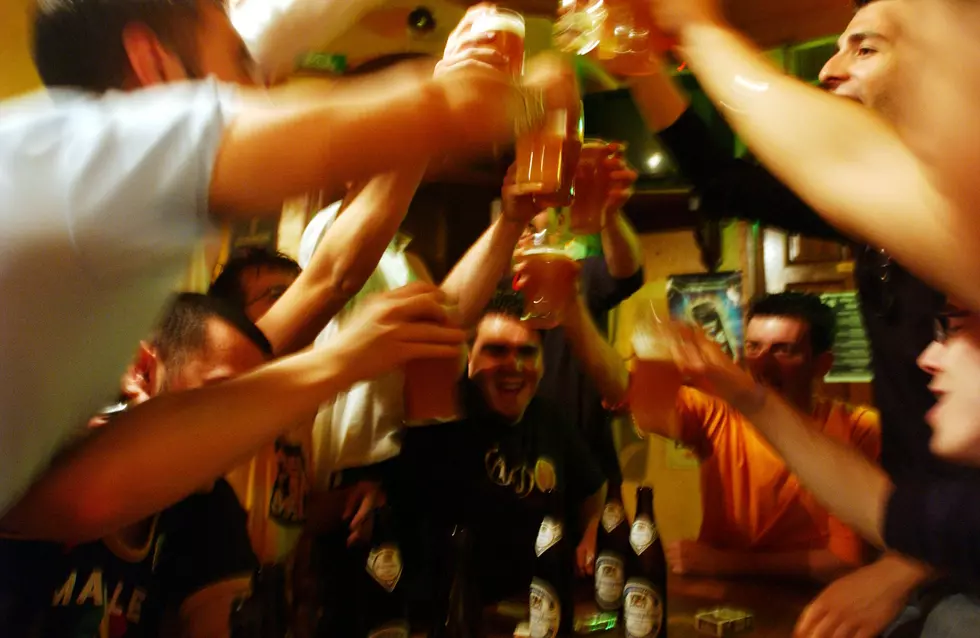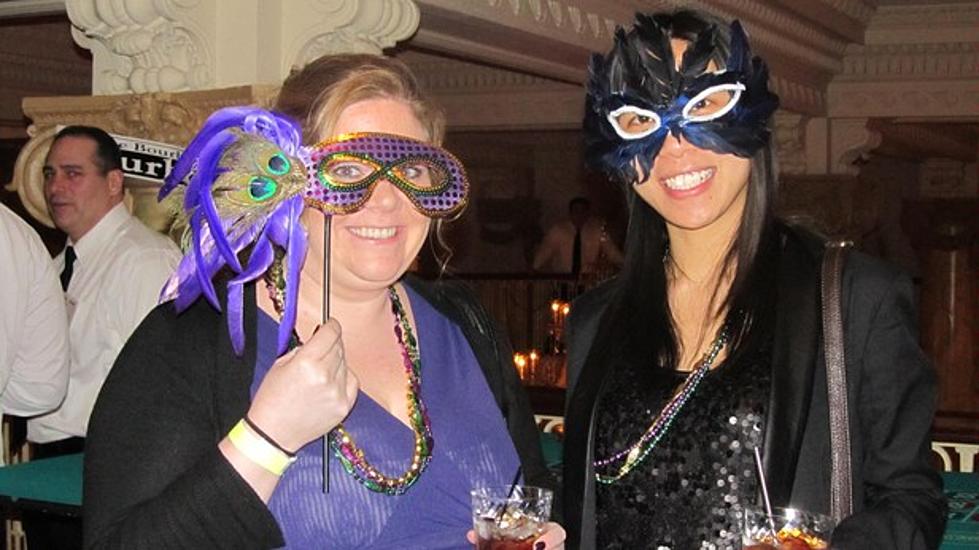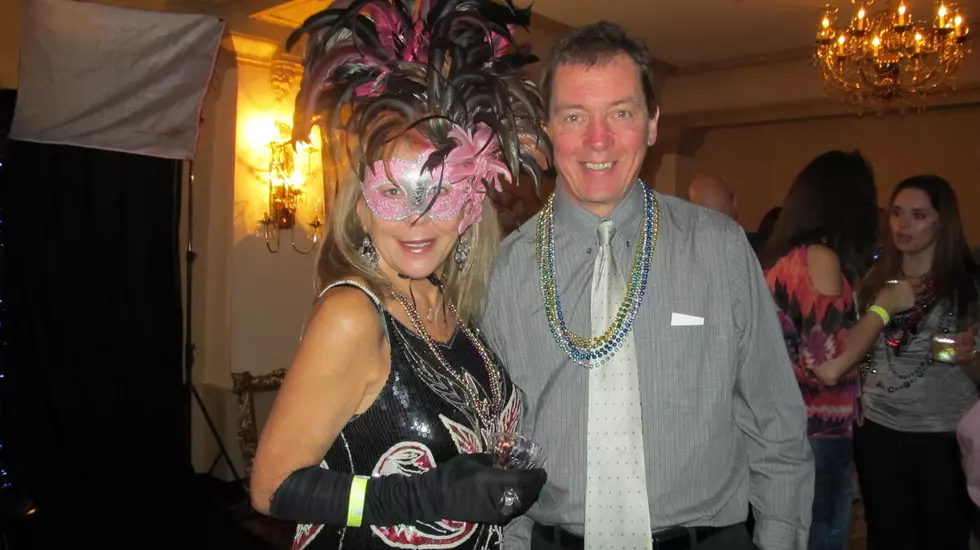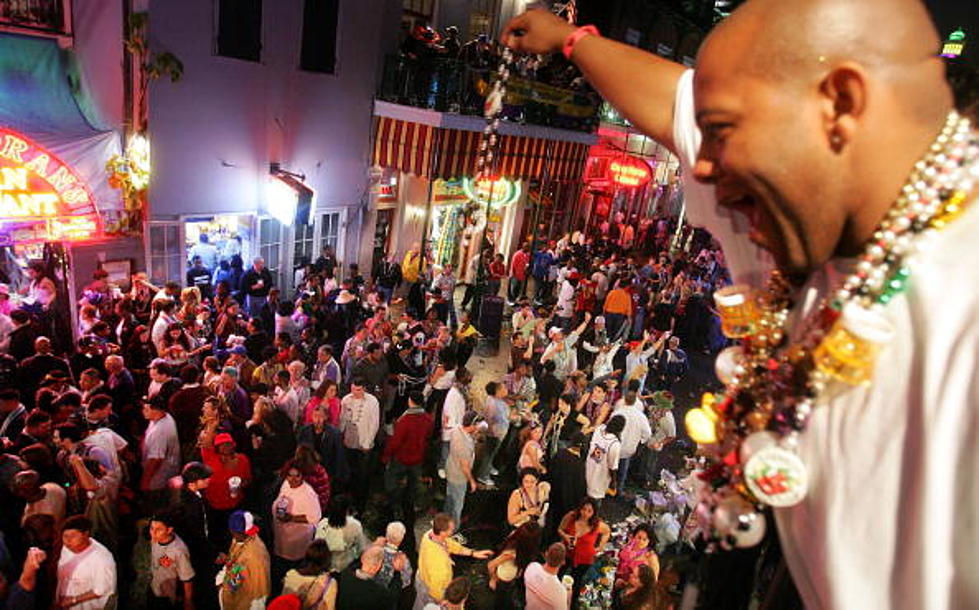What Is Mardi Gras?- Facts You Need To Know
You’ve heard this term many times and you generally associate it with some crazy parties in New Orleans, right? Women lifting their shirts for some cheap plastic beads, lots of drinking, parades, and Bourbon Street is packed to the gills with people of all cultures enjoying one of the biggest parties in this country. But what is Mardi Gras really all about? Here is a quick definition:
Mardi Gras literally means "fat Tuesday" in French and is celebrated the day before Ash Wednesday, 47 days before Easter. Ash Wednesday starts a period of fasting in the Catholic religion. Fat Tuesday was the traditional day to feast before the fasting began. Since the majority of settlers in the New Orleans area were Spanish and French with a large Catholic element, the carnival that is Mardi Gras became a traditional feast day in this area. In the late 1800s, Mardi Gras began to resemble what we see today. The traditional colors were adopted and the "krewes" began running the parades. Purple, green and gold are the traditional colors for Mardi Gras. The colors signify justice, faith and power.
The true spirit and grandeur of today's Mardi Gras celebrations began appearing in the 1960s. The tourism aspect of the parades and parties made it financially sound to put many of the cities resources to work for Mardi Gras. Parades, costume contests, masks and "krewes" grew and became common place. Family friendly parades and parties are present as well as the more raucous nighttime festivals. Parades and celebrations of Mardi Gras have now grown and appear in such places as Mobile, Alabama and in many towns along the coast of Mississippi.
The aftermath of Hurricane Katrina impacted the celebration of Mardi Gras tremendously for several years. The first two years after the hurricane resulted in some of the lowest numbers of visitors to Mardi Gras in this modern time. But, New Orleans never allowed the aftermath to stop their celebration.
The Mardi Gras season actually runs from January 6th through Fat Tuesday in February. But, the celebrations do not really kick into gear until the last two weeks before the "official" Mardi Gras day (Fat Tuesday). To truly participate in the drunken revelry of flashing, beads and masks, you need to be on Bourbon street for the last week. Any other place or time is going to be slightly more restrained. Family friendly parades are usually scheduled during daylight hours away from the French Quarter.







